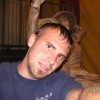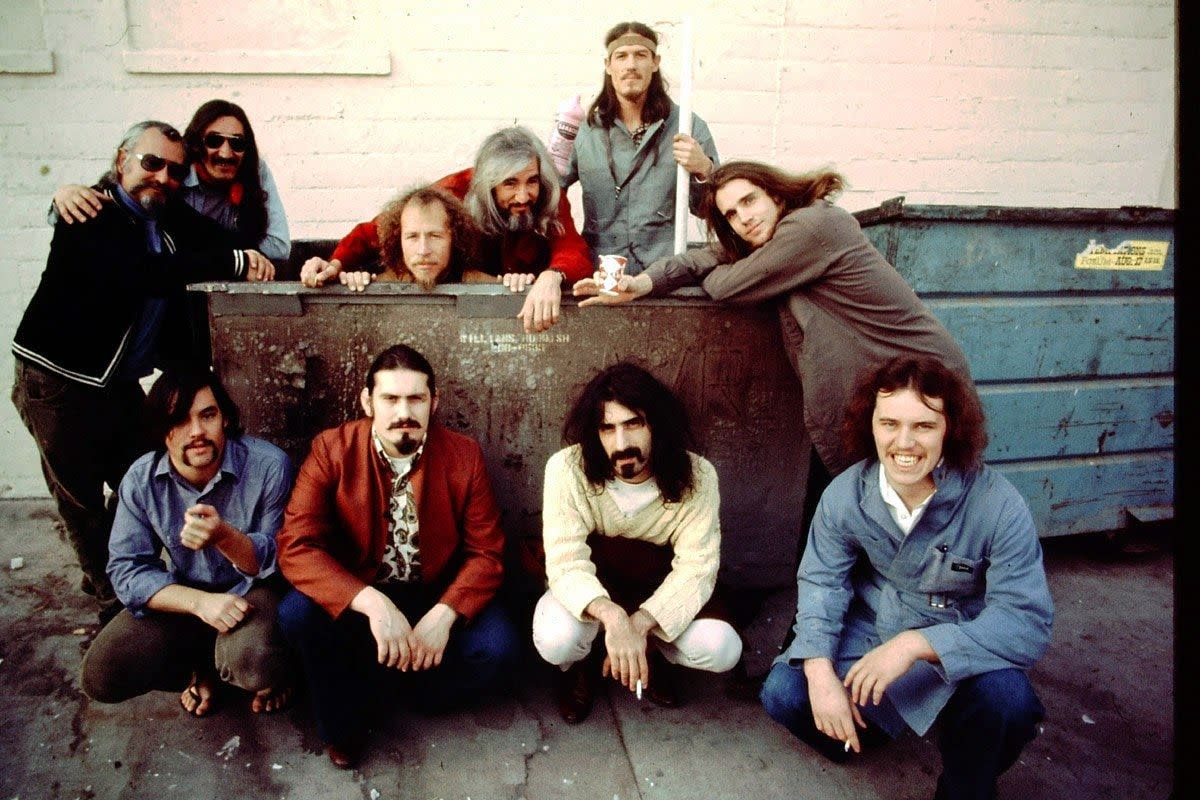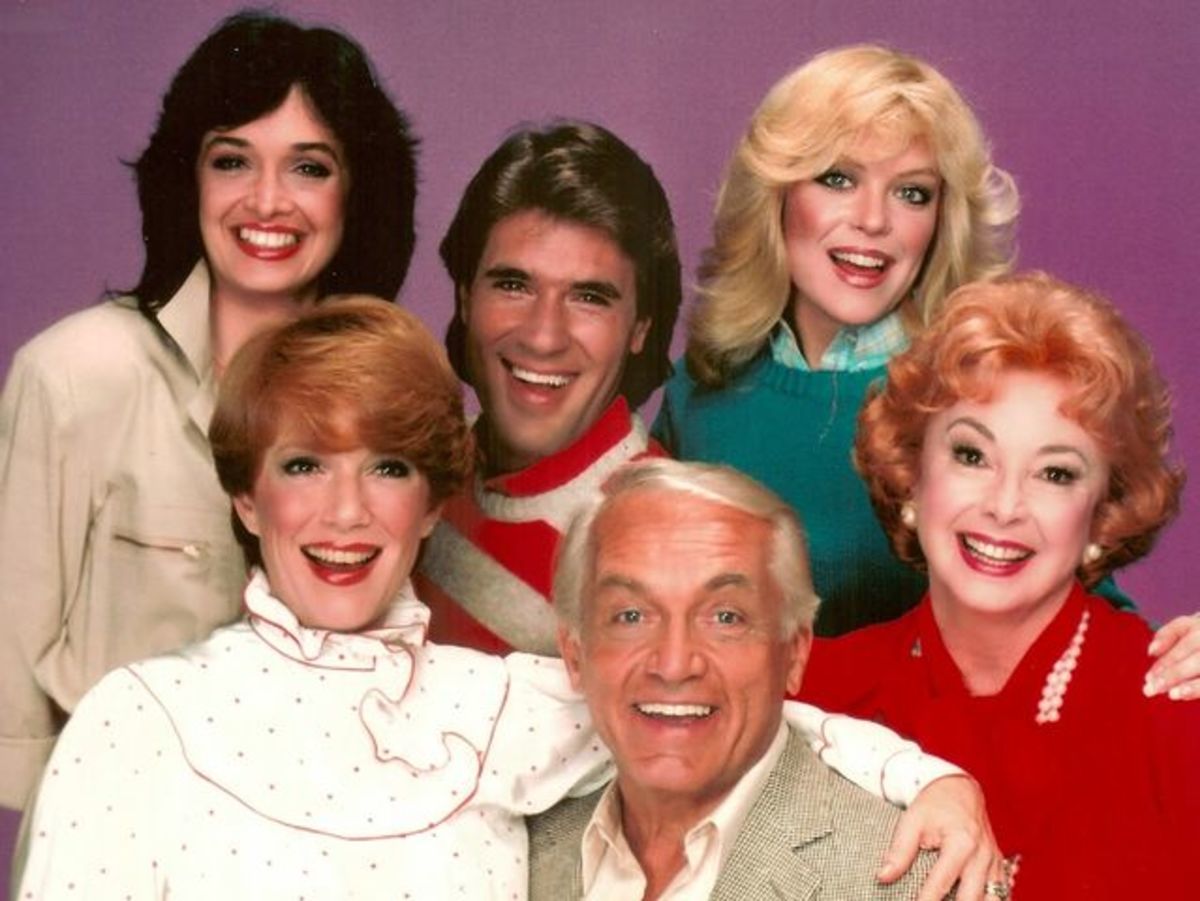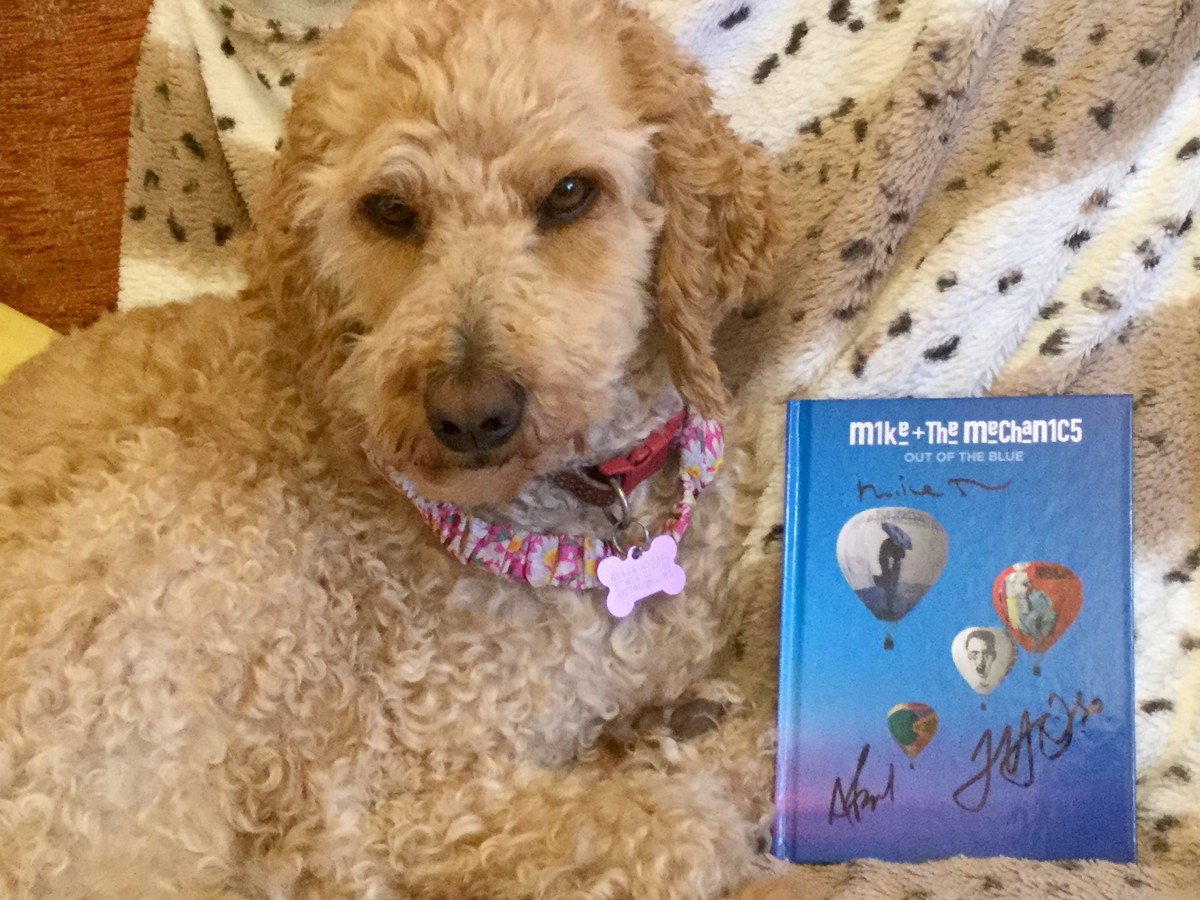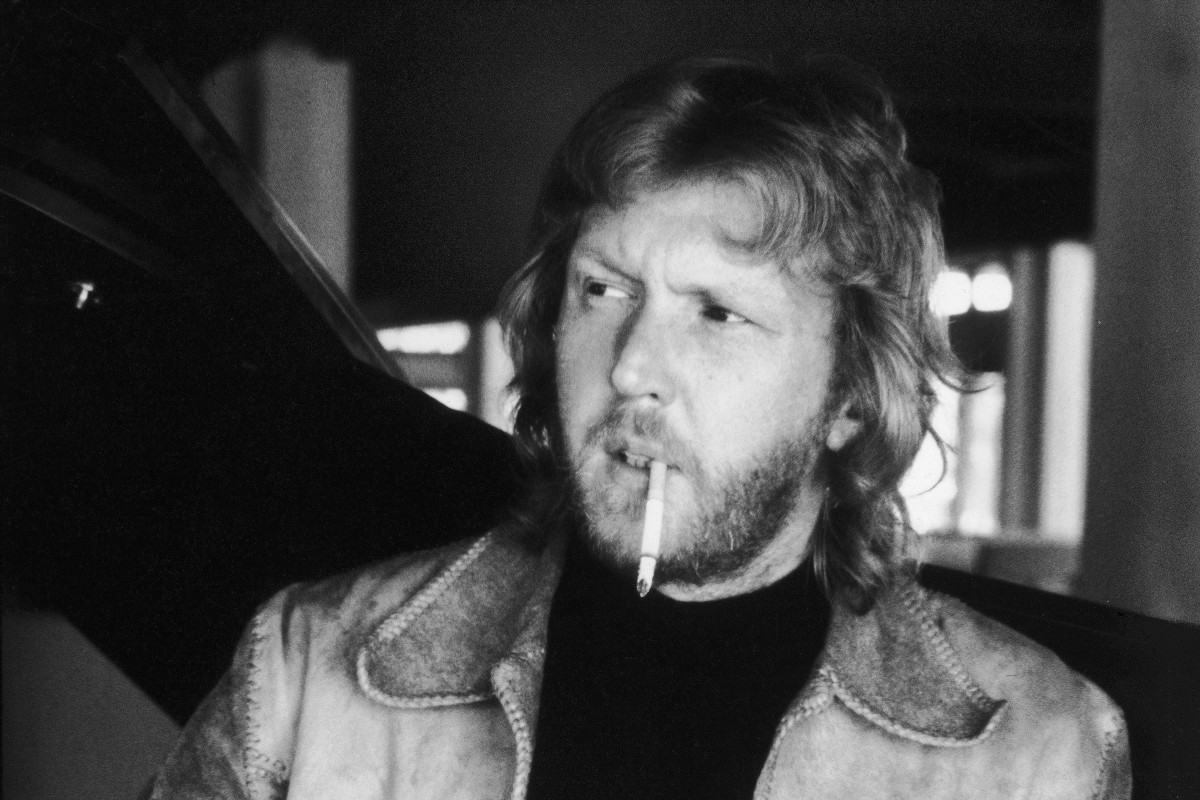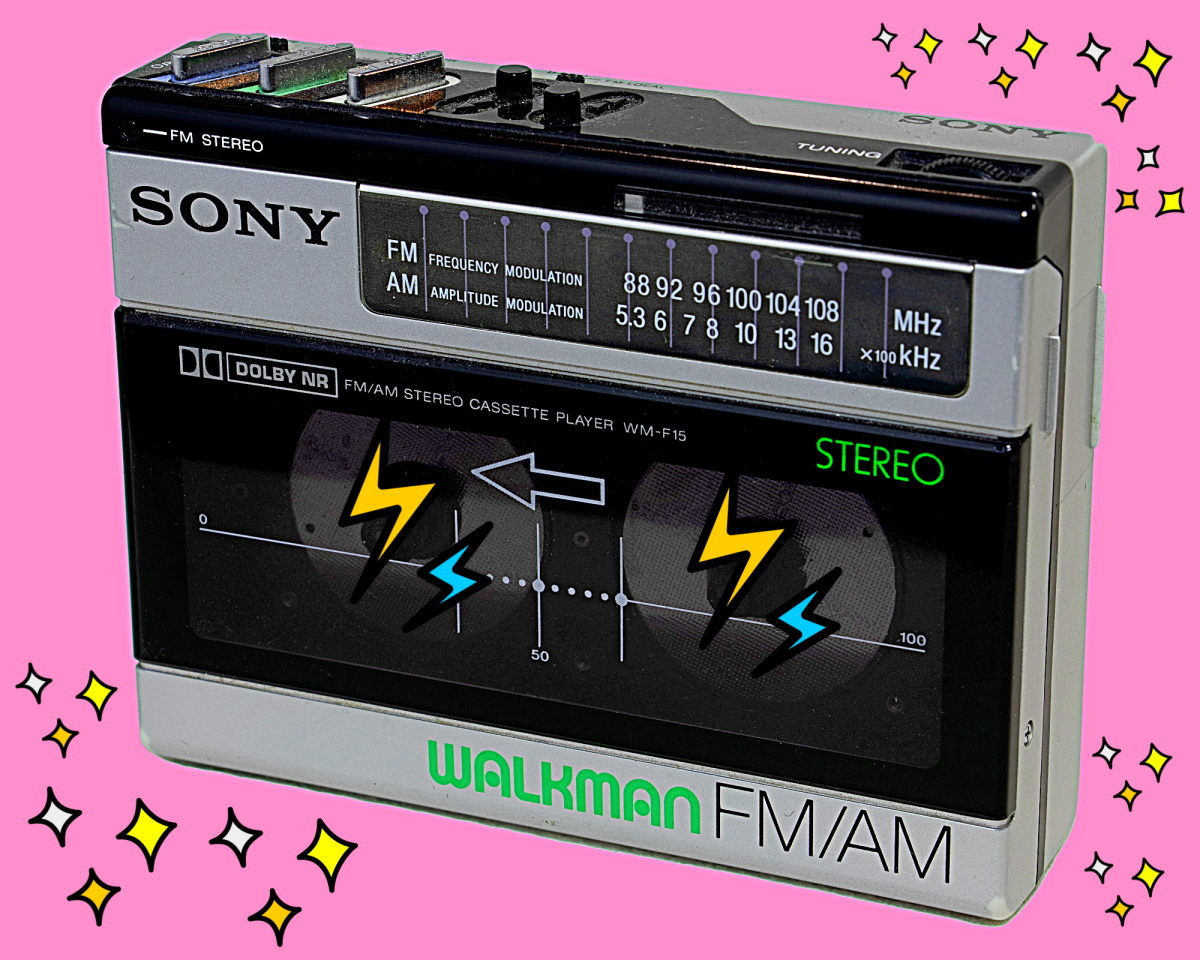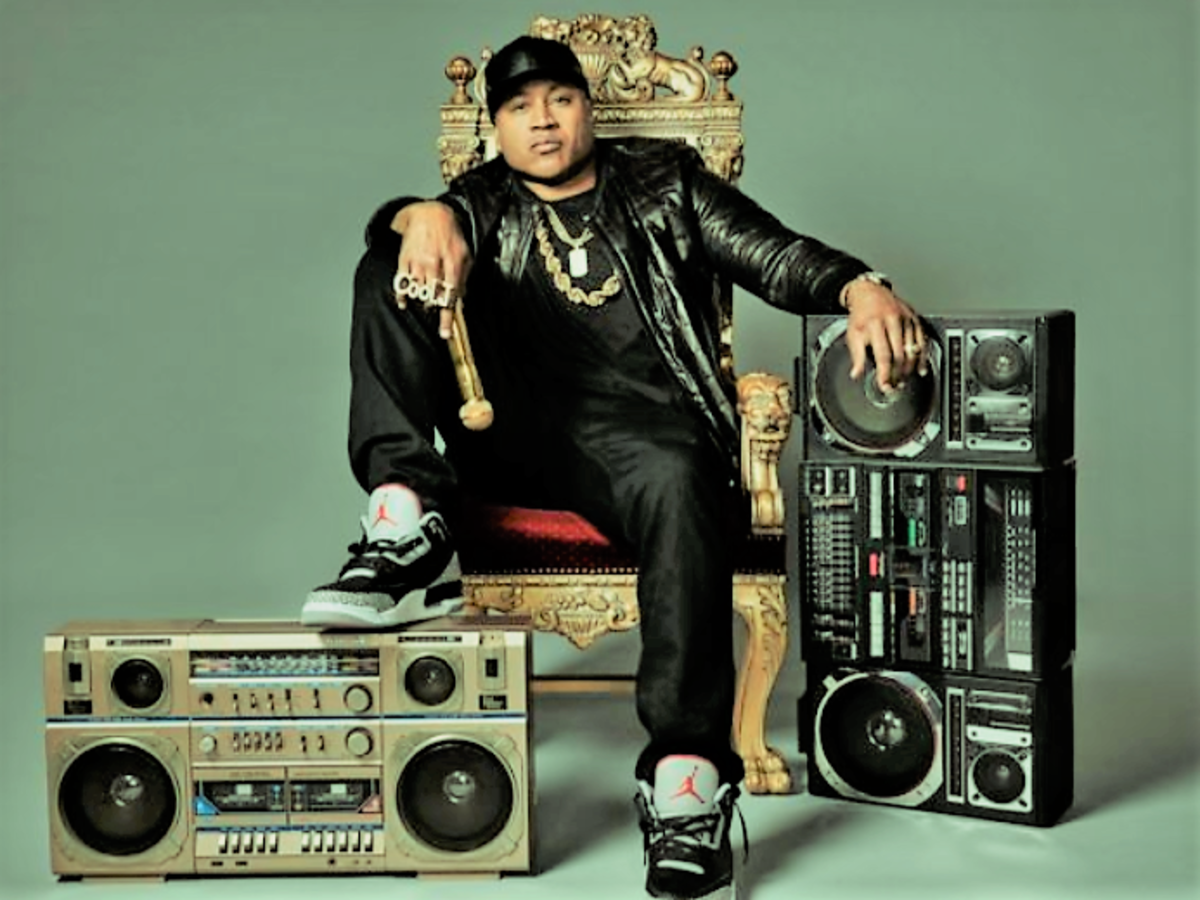Rush's albums from the 80's
Show of Hands
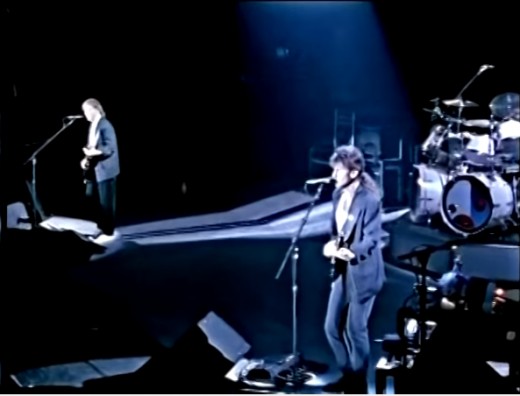
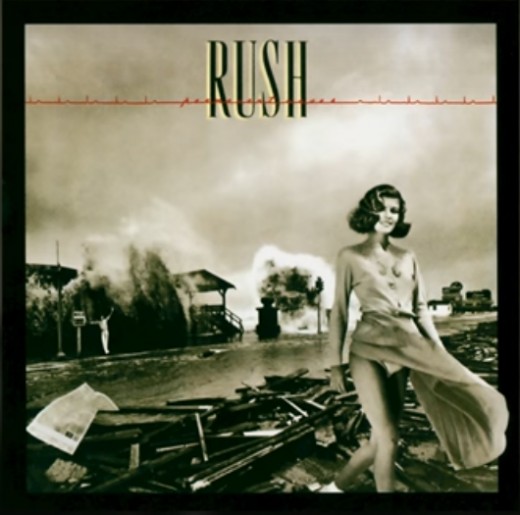
Permanent Waves (1980)
Released in January 1980, this six-song album made a big push with the use of synths, but not so much compared to their mid-eighties albums. With only six on this album, three became hits. 50% isn't bad.
Hits & classic rock station staples include “Spirit of the Radio” and “Freewill.” “Entre Nous” (French for “Between Us”) was a minor hit. Album cover artist Hugh Syme plays piano on Different Strings. All lyrics on this album (and 95% of Rush’s songs) were by Neil Peart, minus “Different Strings” which was penned by Geddy Lee.

Moving Pictures (1981)
This 1981 release featured Rush's greatest hit "Tom Sawyer," known for its unique synthesizer solo and being a staple on classic rock stations. Other hits included "Limelight," "Red Barchetta" (influenced by a short story "A Nice Morning Drive"), and "Vital Signs." Moving Pictures also includes "YYZ," a Grammy nominated instrumental.
Moving Pictures is the band's highest selling album, and is noted by music critics from Rolling Stone, Kerrang and Rhythm magazines. During the band's Time Machine Tour, they performed the album in its entirety.
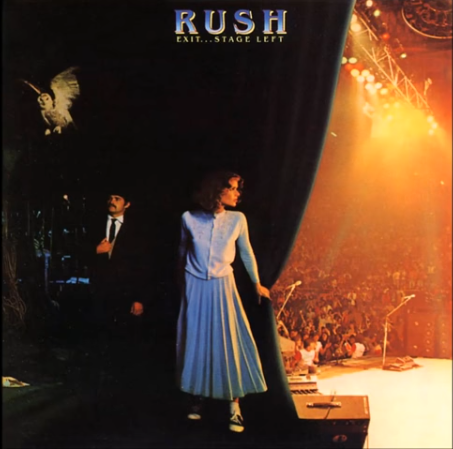
Exit... Stage Left (1981)
In October 1981, Rush released a live double vinyl album, using a phrase from Snagglepuss. Most of the music was recorded at a show in Montreal during their Moving Pictures tour while the rest was from Glasgow, Scotland, during their previous Permanent Waves tour.
The album featured at least one song from every album from their self-titled debut album to Moving Pictures. The live version of "A Passage to Bangkok” from their famed 2112 album entered the charts and got the radio play.
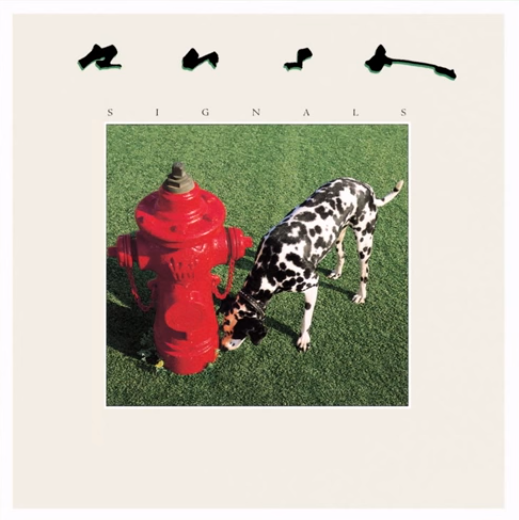
Signals (1982)
The move into synth rock could be heard once you press play on Signals, starting with the hit "Subdivisions." Another surprise hit would be "New World Man," a song that wasn't even supposed to be there. The boys from Rush wanted a seven-song album but the record execs wanted eight. The band quickly made “New World Man” and the rest is history.
The band's preference of more synths and their reggae moment in "Digital Man" caused friction for their long-time producer Terry Brown. In the 2010 documentary "Rush: Beyond the Lighted Stage," Brown commented that he wasn't interested in producing a full-synthesizer project, which he thought they were going for at the time.
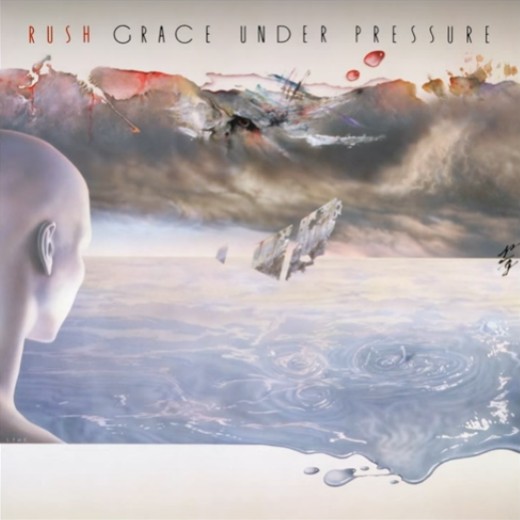
Grace Under Pressure (1984)
The title of this album was a phrase used for how difficult it was for the boys of Rush to get the album out. After parting ways with Terry Brown, Rush had approached another producer who had turned them down. Rush would do a majority of the production until Peter Henderson entered in the middle of recordings.
Lyrics on three songs followed a more apocalyptic tone with the hits, "Distant Early Warning," "Red Sector A," and the deep track "Red Lenses." Minor hits include, "Afterimage" and "The Body Electric." "The Enemy Within" became the first music video on MuchMusic, Canada's version of MTV. As they had done with Signals, Rush kept the synths going with this album.
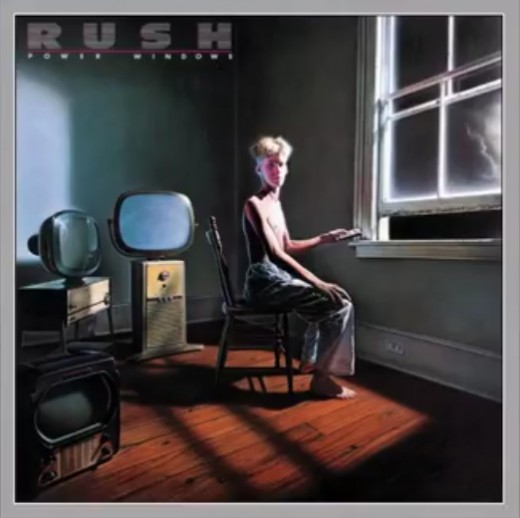
Power Windows (1985)
More synths? You got it! Rush would not go to their standard Le Studio in Canada for this recording, instead they hopped over the pond to England where a majority of the recording was done at The Manor. Helping with production was noted English producer Peter Collins (no relation to Phil).
Hits include "The Big Money," whose video show the band plays the song on a big Monopoly board, "Mystic Rhythms," "The Manhattan Project," and "Territories." "Marathon" would later become a hit in 1989 following Rush's live album ''A Show of Hands." Besides the heavy use of synths, Rush also used a string section, a choir for "Marathon," bongos for "Territories," and African and Indian drums for "Mystic Rhythms."
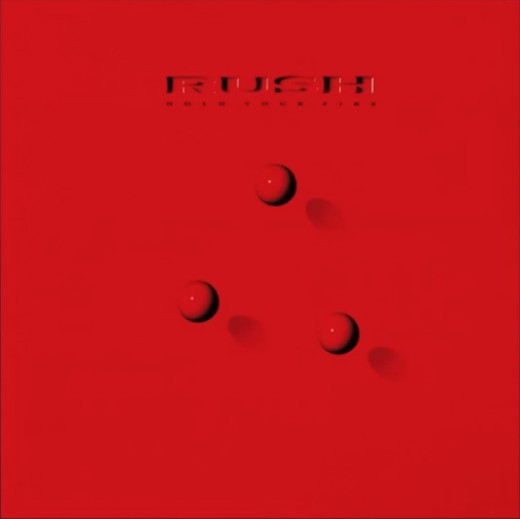
Hold Your Fire (1987)
This album showcases more synths, and the boys decided to stay at The Manor for this recording as well. Hold Your Fire presented ten songs due to the increasing popularity of CD's. “Til Tuesday” bassist and vocalist Aimee Mann helped with the hits, "Force Ten" and "Time Stands Still." She would appear with the band in the “Time Stand Still” video.
Other hits include, "Lock and Key," and "Prime Mover." "Mission" was a concert staple. Rush attempted to be more experimental with "Tai Shan," a song Geddy Lee would regret. Hold Your Fire did not chart as well of the other albums they did in the 1980s.
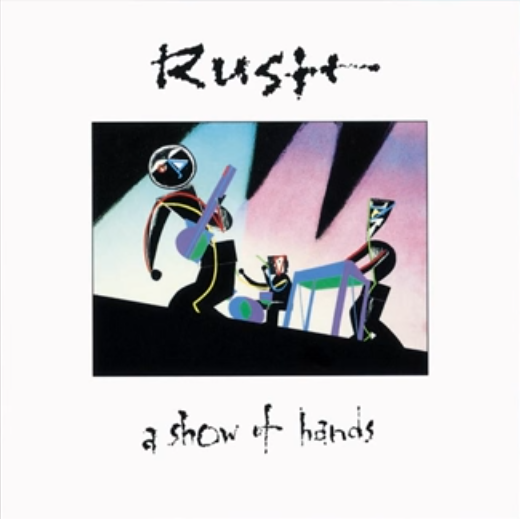
A Show Of Hands (1989)
A Show Of Hands, another live album released just a week into 1989 with live shows mainly from their Hold Your Fire tour and a few from Power Windows. The album contained songs from a slew of shows in America and a few shows in Birmingham, England.
Along with the CD, a video was released of the live show. But instead of a variety as the CD, the video was shot at the concert they had in Birmingham. "Marathon" from the Power Windows was spun as a hit, and the live version of the song from Birmingham saw some airplay on MTV. The setlist from A Show of Hands focused more on the 80s, and surprisingly the band's biggest hit "Tom Sawyer" wasn't included in this album.
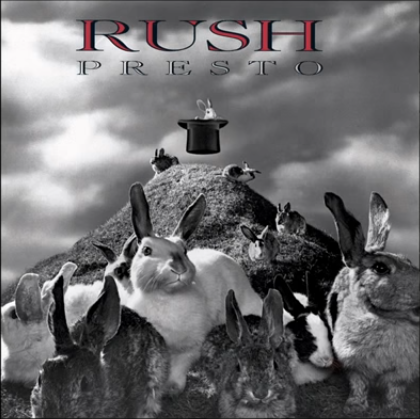
Presto (1989)
Lots of bunnies!! Just before 1990 showed up, Rush returned to Le Studio and decided to use fewer synths. Presto was the result. Hits include “Show Don’t Tell”, “The Pass” and minor hits “Superconductor” and the album’s title track. “The Pass” is considered one of the band’s personal favorites as they had mentioned in Rush In Rio (2003).
As said, Presto saw fewer synthesizers and more of the rock. On the Rush documentary, “Beyond the Lighted Stage,” Alex Lifeson had stated he later had his issues with the synths being used heavily in Power Windows and Hold Your Fire, and wanted more of his guitars on Presto. Rupert Hine assisted with the production, as well as adding keyboards and background vocals.
